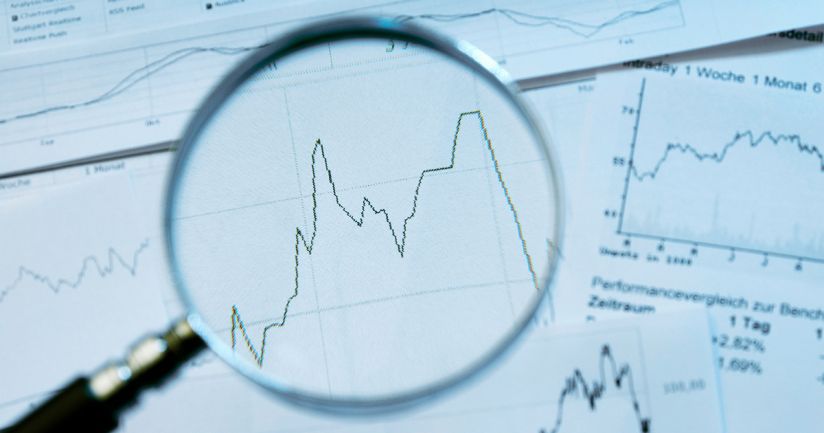L'AGEFI Hebdo - Disinflationary forces still at work

Article published by AGEFI Hebdo on 13 July 2022
By Michala MARCUSSEN, Group Chief Economist
Clocking in at 8.6% year over year in June, euro area inflation has soared to levels that member states last experienced in the 1980s. Inflation differentials within the euro area are also at a historic high, with Estonia seeing the highest inflation rate in the region, at 22% in June, and France seeing one of the lowest rates, at 6.5%.
A cocktail of supply and demand shocks explain this surge, be it the frictions in global supply chains, labour shortages, volatile demand shifts with pandemic related measures or soaring energy and food prices, fuelled today not least by the war in Ukraine.
Concern now is that high inflation could become entrenched, and the major central banks on both sides of the Atlantic are signalling further monetary policy tightening with the idea that paying a price now in the form of lower economic growth tame entrenched inflation risks, is better than risking an even higher price further down the road.
It is worth note that while the June headline inflation in both the euro area and the United States stood at 8.6%, the underlying core inflation, excluding food and energy prices, was reported at 6.0% rate in the United, compared to 3.7% in the euro area. This gap also helps understand the more advanced state of monetary policy tightening in the United States.
Longer-term, the question remains as to what inflation regime comes next. Numerous structural upside risks to the inflationary outlook are front and centre in the debate; be it energy prices in the climate transition, protectionism and strategic autonomy, social pressures and a view that there is now a “free lunch” on fiscal spending with real yields still very low. In the euro area, the still incomplete architecture, be it Banking Union, Capital Markets Union, Fiscal Union or even the Energy Union, arguably present further upside risks to inflation in holding back the supply side of the economy and thus also much needed new growth engines.
In this debate inflation, there are, however, still several powerful deflationary forces to consider. Debt stands at high levels, be it for governments, households or corporates, on both sides of the Atlantic. Debt servicing costs are now increasing as central banks tighten monetary policy and concern is that this could bring sharp debt-leveraging, a force that numerous historically crisis have shown to deflationary, not when combined with a slump in real estate assets and financial crisis. Central banks are aware of this risk, but while the previous consensus was to tilt policy to minimise growth risk, the balance has as mentioned above now shifted to minimise inflation risks.
On a more positive note, there are also still disinflationary forces at work on the supply side of the economy. New technologies are opening room for further automation and digitalisation, and not least in many service jobs. Hope is also that new technologies can help boost future energy supply and improve energy efficiency. Such developments, and not least if combined with good education and labour market policies, open up opportunities for economic growth and real wage gains, without risking costly inflation.
Moreover, while the globalisation of goods that shaped much of the past decades is arguably plateauing not least with the ongoing rethink of global supply chains and risk of protectionism, there is a case to be made for a globalisation wave to come on services. The pandemic drove a boom in teleworking and a related surge in the offer of teleworking products, and the related technologies. These technologies lowered barriers to entry open new possibilities, both within countries, regions and globally for the organisation of services. Of course, considerations on supply security and protectionism will still weigh in on some geographies, but not all.
Given the significant share of services in the major advanced economies, both digitalisation and trade in tele-workable services could prove powerful disinflationary forces.
The debate on the inflation regime that will shape the coming decade(s) will not doubt go though many iterations yet and policies will have a key role to play in shaping the future outlook. As in any debate, its worth recalling that there are two sides, an arguably more inflationary on but with a disinflationary one also that could still surprise.
-
 Michala Marcussen
Michala MarcussenChief Economist and Head of Economic and Sector Research for the Group